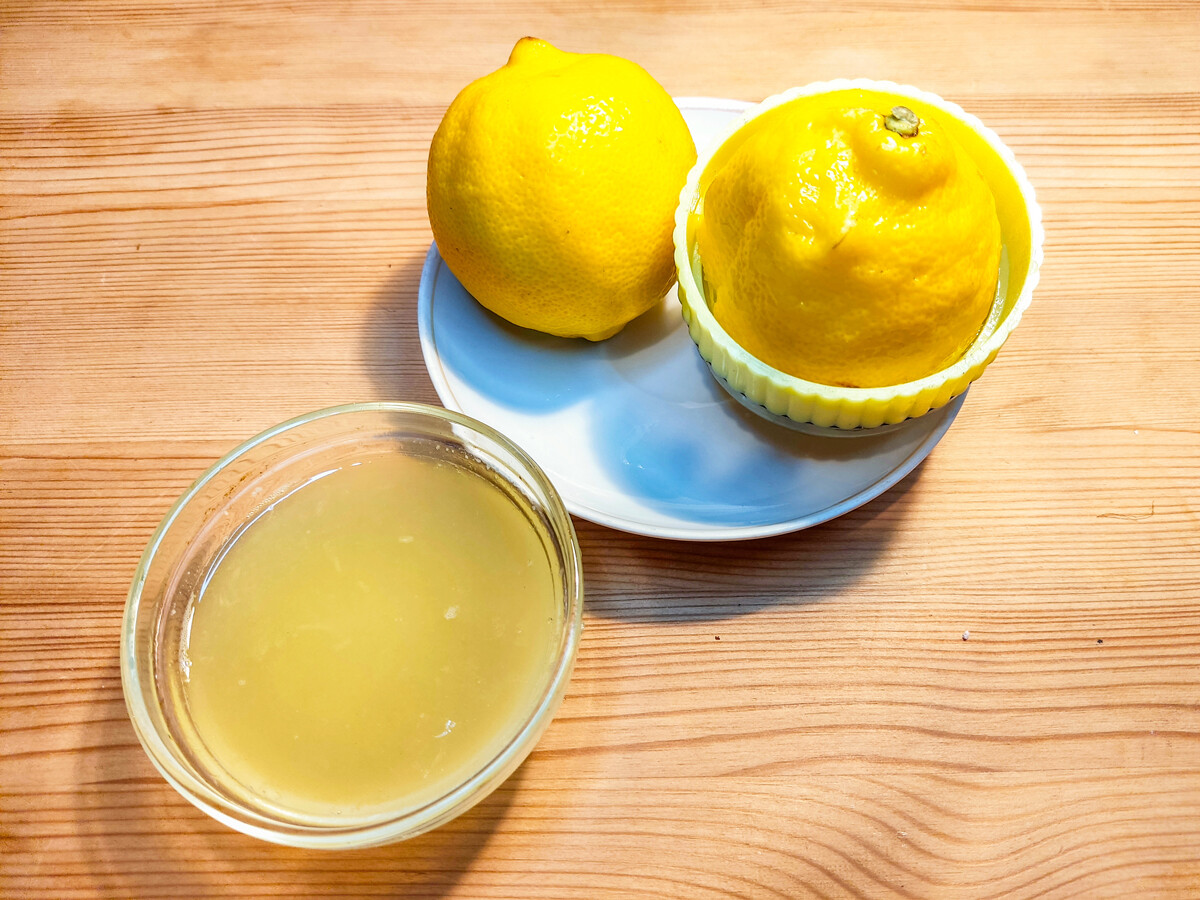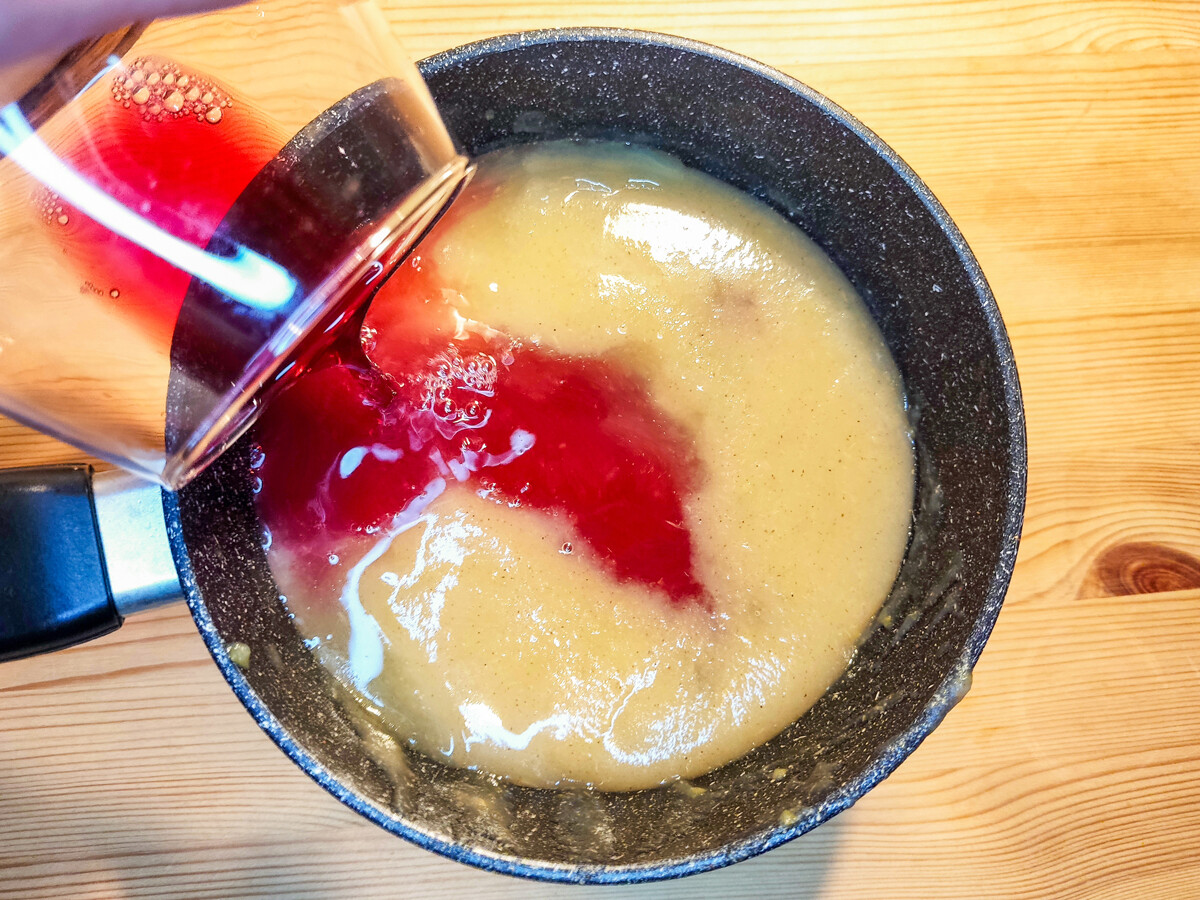A refreshing twist on a Russian classic - fruity ‘kholodets’ (RECIPE)

In the past, cold jellied dishes with meat, fish or berries were quite popular in Russia. The most famous were studen, kholodets, and zalivnoe. Each carries its unique flavor. The first two words in Russian reveal that the dishes are cold, while the third indicates that the recipe calls for something to be poured over it. However, studen was traditionally a grayish jelly with bits of meat, and zalivnoe is often cooked with fish and has a more refined touch. Also, zalivnoe is prepared with the addition of gelatin or agar-agar.
The late 18th and early 19th centuries saw a wave of European chefs coming to Russia who then started to refine traditional local dishes. During that era studen underwent a transformation. With innovations borrowed from French cuisine, chefs lightened the broth, making it clearer by using egg whites. A new word, galantine, appeared, borrowing its name from the French word for gelatin.
Nowadays, the difference between studen and kholodets has been practically erased in everyday parlance. That’s why it’s especially interesting to learn that in the mid-19th century the term kholodets had little resemblance to its current version - a dish made from dense bouillon and small pieces of meat inside.
In the imperial era, kholodets described a sweet dish: fruits in jelly or a cold sweet soup. For example, Elena Molokhovets, in her cookbook A Gift to Young Housewives, talked about several sweet recipes for kholodets: with alcohol and without. In the non-alcoholic kholodets she added cream or sour cream. And served the dessert with biscuits or ice-cream.
Now, adapting recipes to today's tastes can be fun! The modern twist that I plan to cook is a non-alcoholic, sweet kholodets made with apple puree and currant juice. Since apples have enough pectin, we won’t need to use any gelatine to prepare our jelly dessert. This is very easy to make, and trust me, the taste will surprise you. Ready to give it a try?
Ingredients for 4 servings:

- Apples - 400 g (preferably green)
- Water - 700 ml
- Cinnamon – 1.5 tsp
- Lemon juice - 60 ml
- Currant juice - 60 ml
- Apple juice - 200 ml
- Sugar - 200 g
Preparation:
1. First, let’s prepare the apples. Start by washing and chopping the apples.

2. In a pot, combine the chopped apples, cinnamon, and 700 ml of water. Bring the mixture to a gentle boil and let simmer for 30-40 minutes until the apples are soft and tender.

3. Once the apples are fully cooked and softened, remove them from the heat.

4. Using a blender, puree the apples along with the cinnamon-infused water until smooth.

5. Strain this mixture through a sieve to remove any apple skin or large particles, ensuring you get a smooth apple liquid.

6. Squeeze lemon juice if you haven’t done it yet.

7. To the strained apple liquid (your "broth"), add 60 ml of lemon juice and 60 ml of currant juice. You can get it ready-made or make it from berries. By the way, you can also experiment with berries.

8. Pour in 200 ml of apple juice and add 200 g of sugar. Stir the mixture well until the sugar is completely dissolved.

9. Place the pot back on the stove over the medium heat. Allow the mixture to simmer for an additional 5 minutes, ensuring that all the flavors meld together.
10. Once simmered, remove the pot from heat. Pour the apple mixture into individual molds or a large serving dish. Let the kholodets cool to room temperature, then transfer it to the refrigerator.

11. Allow it to set and chill for a few hours, preferably overnight, until firm. You can also put the cold kholodets into a freezer for an hour or so to make the texture more ice-cream-like. Serve the apple kholodets into the same serving plates.

READ MORE: Russian raspberry kissel’s versatility will surprise you (RECIPE)

